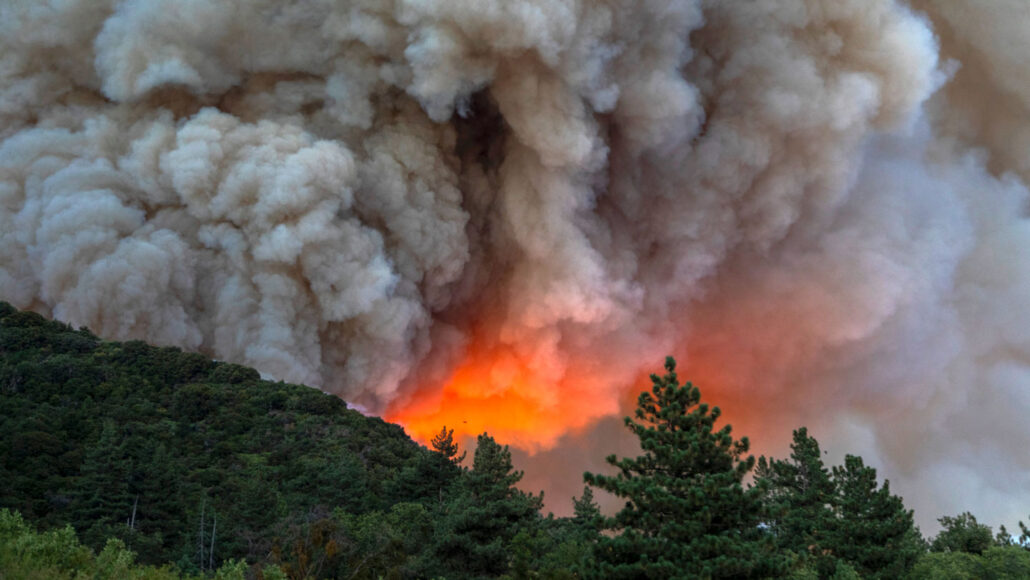Questions for ‘Wildfire smoke seeds the air with potentially dangerous microbes’

Smoke billows from the Apple Fire in Cherry Valley, Calif., on August 1, 2020. Such wildfires can shoot flames, smoke — and microbes — high into the air. Scientists are now trying to measure how much such fires contribute to the spreading of infectious disease.
David McNew/Getty Images